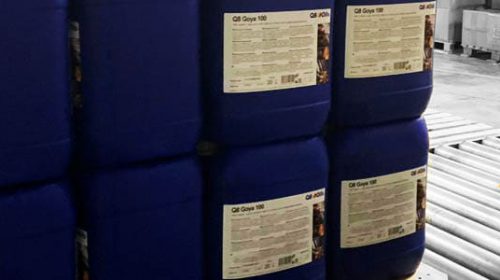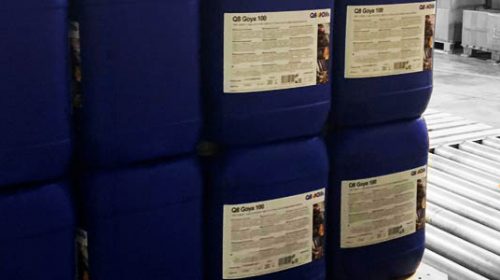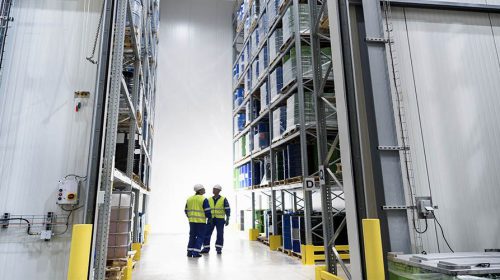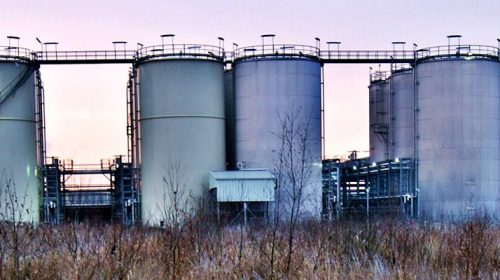Carbon Footprint vs. Carbon Handprint in the Lubricants Industry
As companies strive to reduce their environmental impact, terms like “carbon footprint” and “carbon handprint” have become increasingly relevant. In this article, we will explore the key distinctions between these concepts, focusing on their significance in the lubricants sector.
Carbon Footprint: A Measure of Impact
The carbon footprint is a metric that quantifies the total greenhouse gas emissions directly and indirectly associated with a product, service, or organization. In the lubricants industry, this encompasses the entire lifecycle of lubricant production, distribution, and usage. Factors such as raw material extraction, manufacturing processes, transportation, all contribute to the overall carbon footprint.
Reducing carbon footprints is crucial for mitigating climate change and meeting sustainability goals. Q8Oils is increasingly adopting eco-friendly practices to minimise their environmental impact. This may involve using renewable energy sources, optimizing production processes, and employing sustainable raw materials.
Carbon Handprint: Making a Positive Impact
Carbon handprint represents the positive environmental impact achieved by a product or company. It’s about going beyond mere carbon neutrality and actively contributing to sustainability efforts. In the lubricants industry, a company with a strong carbon handprint would not only focus on reducing its own emissions but also on providing solutions that help customers and partners minimize their environmental impact.
Q8Oils, for example, is at the forefront of developing lubricants with enhanced energy efficiency and extended service life, thereby helping its customers reduce their carbon footprint. By offering products that contribute to fuel economy, equipment durability, and overall operational efficiency, Q8Oils is making a positive contribution to the carbon handprint of the lubricants industry.
Q8Oils’ Approach: minimizing carbon footprint and maximizing carbon handprint
For Q8Oils, the pursuit of sustainability involves a delicate balance between minimising its own carbon footprint and maximising its carbon handprint. We are committed to producing lubricants that not only meet stringent performance standards but also align with environmental goals. This commitment extends to continuous improvement initiatives aimed at reducing emissions throughout the supply chain.
Moreover, Q8Oils collaborates with its customers, providing tailored solutions to optimise machinery performance and energy efficiency. By doing so, the company actively contributes to its customers’ efforts to reduce their overall environmental impact.
Conclusion
In the lubricants industry, understanding the difference between carbon footprint and carbon handprint is pivotal for achieving true sustainability. Q8Oils exemplifies how a company can go beyond reducing its own emissions and actively contribute to a greener future by offering innovative, eco-friendly lubricant solutions.



































